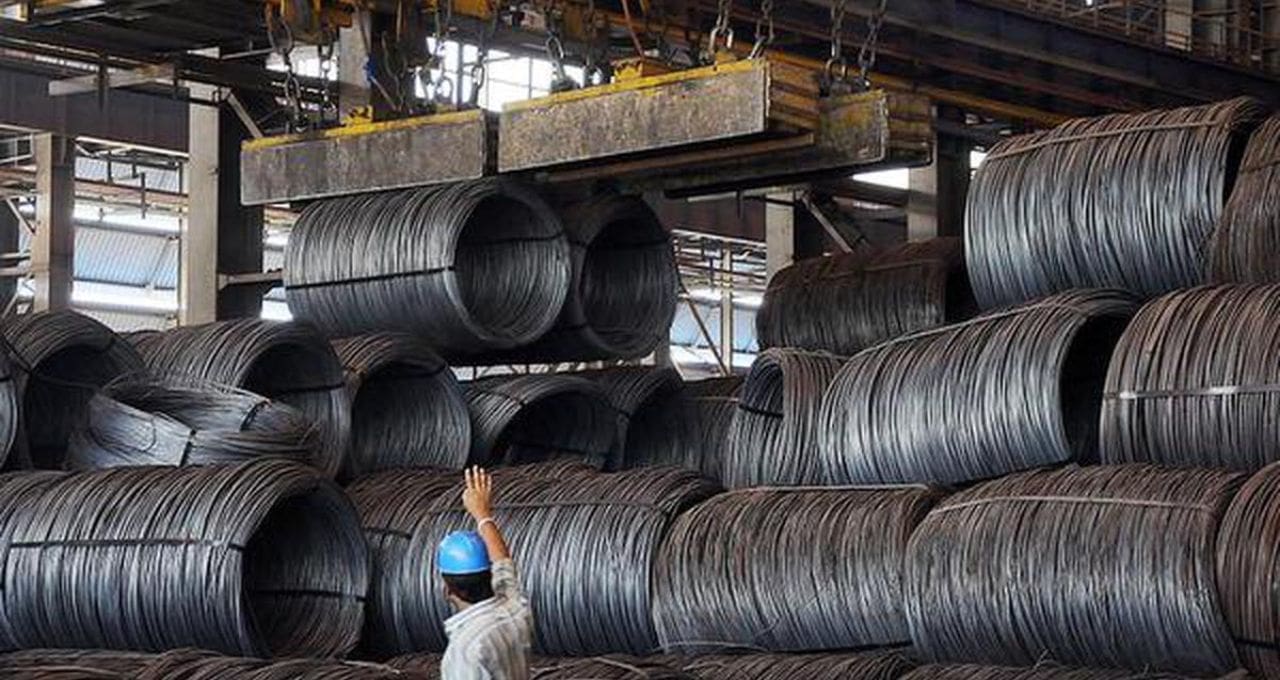The Index of Industrial Production (IIP) in India increased by 5.2% in January, which is a positive sign for the new year for a metric that had experienced two contractions in the previous five months. One would expect that the final quarter of this fiscal year bucked this trend, since the Gross-Value Added (GVA) in the economy by the manufacturing sector shrank 3.6% in the July to September 2022 and 1.1% in the October to December 2022 quarters. The factory output figures for January provide some, albeit not necessarily enough, encouragement in that regard. For starters, the increase represents a 4.7% gain over output levels in December 2022 and is nearly twice as rapid as the tepid 2.6% growth observed in the preceding quarter. ten percent growth in Thanks to a 9.6% increase in primary products and an 8%-plus increase in mining and infrastructure goods, the IIP was helped by an increase in power and capital goods (a three-month low for both). A 3.7% growth in manufacturing is marginally better than the 3.1% gain in December, but 10 of the 23 studied sub-sectors had output declines, with five of those dropping more than 10% from January 2022 levels. Manufacturing of computers and electronics declined by 29.6%, wood products fell by 12.6%, wearing clothing units cut production by 22.3%, and textile manufacturers cut output by almost 11%. Throughout the first 10 months of 2022–2023, up to seven industries—including the employment-intensive textiles, apparel, and leather industries, computer hardware, pharmaceuticals, and electrical equipment—reported output reductions.
Factory order books are undoubtedly suffering from declining global demand. Also, the outlook for monetary policy in key export markets for India, such the United States, is becoming more pessimistic. When the IIP statistics were revealed on Friday, the price of oil plummeted by further 1.3% because markets anticipated that central banks’ rate increases would reduce demand (and export orders). How domestic demand is faring will be of equal interest to members of the Central Bank of India’s Monetary Policy Committee (MPC) when they meet in early April. Two MPC members had already highlighted concerns about interest rates rising too high for comfort at its February meeting – one called India’s development as ‘very fragile’. The indications from the IIP’s January consumer goods production data are not particularly encouraging. As output of consumer durables fell dramatically For the second month in a row, it was roughly 15% below pre-COVID levels year over year. The growth of non-durable consumer goods was 6.2%, the weakest rate in three months, and this year’s output is still below that of 2021–2022. A K-shaped recovery may be publicly denied, but industry is pointing to a slower revival in lower income and rural regions. Still not well, everything.

